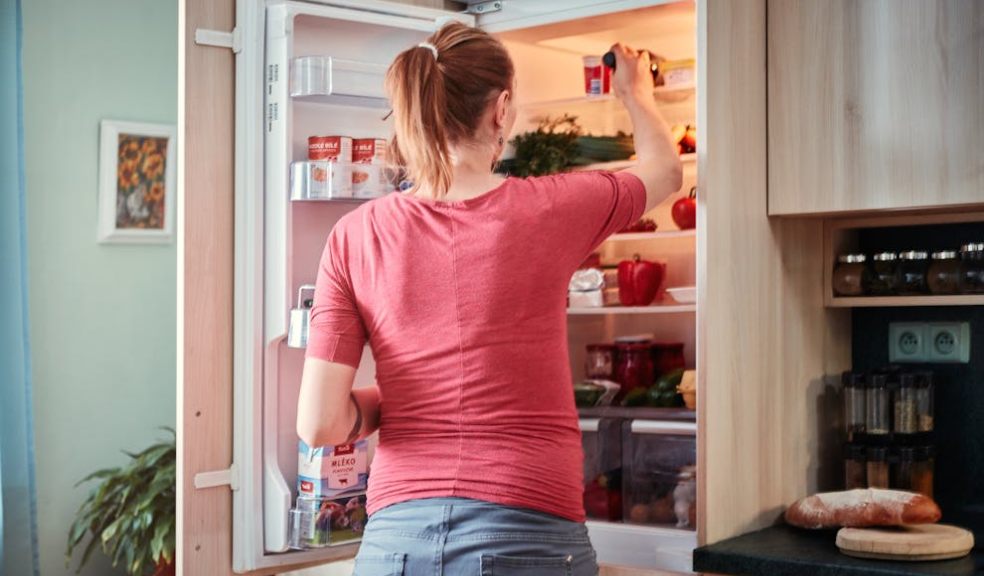
Smart Ways to Cut Costs and Reduce Waste in Your Daily Routine
People often think of waste and cost as separate issues, but they’re deeply connected. By reducing waste, you can also reduce unnecessary spending. Over time, small changes add up. Below are several approaches to make daily life more efficient, sustainable, and lighter on both your wallet and the planet.
1. Audit Your Consumption
Before making changes, it helps to understand where most waste (and cost) is happening.
- Keep track for a week of what you buy (food, cleaning supplies, personal items) and what gets thrown out or goes unused.
- Check utility bills or spending statements: water, electricity, subscriptions. Are there services or utilities you can scale back or use more efficiently?
This baseline data will show where you’re “leaking”, which is where money is going out with little return.
2. Food Planning & Smart Grocery Habits
Food is one of the biggest areas where waste and cost pile up.
- Plan your meals ahead. Use what you already have in your cupboards/freezer so you don’t buy duplicates.
- Use the “First In, First Out” (FIFO) system: put older items in front so they get used first.
- Freeze or preserve items that are near expiry rather than throwing them away.
- Buy loose produce or imperfect (“ugly”) fruits/vegetables, as they are often cheaper and just as nutritious.
3. Minimise Single-Use & Disposable Items
Single-use items tend to cost more per use and generate waste.
- Switch to reusable alternatives: shopping bags, water bottles, coffee cups, and cutlery.
- Use washable cloths or kitchen towels instead of paper towels.
- In the bathroom, consider bar soap, solid shampoo bars, and refillable containers rather than single-use bottles.
4. Be Efficient with Utilities & Energy
Small habits can reduce bills and environmental impact.
- Turn off lights, appliances, and chargers when not in use. Use power strips to avoid “phantom loads.”
- Use LED or energy-efficient bulbs.
- Adjust thermostat settings: small temperature shifts can make a difference.
- Insulate well, fix leaks, or draughts in your home to save heating/cooling energy.
5. Reduce Waste in Personal & Office Supplies
Especially if you work from home or have devices, printers, stationery, etc., it’s easy to waste.
- Before buying, ask: “Do I really need a new one?” Reuse what you already have.
- When using printers, make use of both sides of paper, print only what’s necessary, and consider digital alternatives to printed documents where possible.
- For printing supplies like ink or toner, choose high-quality options that last longer and give more consistent results. That way, you avoid reprinting or wasting cartridges. For example, if you are using printers regularly, checking reputable providers like TonerGiant helps ensure you get good value and reliable supplies.
6. Reuse, Repair & Repurpose
Instead of discarding items at the first sign of wear:
- Repair clothes, electronics, and furniture where possible. Learning small repair skills can pay off.
- Upcycle containers, jars, and furniture parts into something new.
- Donate or sell items you no longer need instead of throwing them away.
7. Buy in Bulk & Choose Smart Packaging
Packaging contributes a lot to waste and often to cost, too.
- Bulk buying often reduces the cost per unit and uses less packaging. Use your own containers if possible.
- Choose products with minimal or recyclable packaging. Avoid things wrapped in multiple layers of non-recyclable plastic.
- Opt for items that are refillable.
8. Optimise Transportation & Shopping Habits
How and when we travel or shop can affect waste & cost.
- Combine errands to reduce trips. Walk, cycle, or use public transport when possible.
- Shop locally to reduce shipping-related emissions (and often shipping costs).
- Buy seasonal, local produce to avoid hidden costs and a high environmental footprint.
9. Manage Subscriptions & Regular Purchases
Small recurring costs can quietly add up.
- Review your subscriptions (streaming, apps, gym, etc.). Cancel ones you no longer use regularly.
- For recurring purchases (cleaning products, toiletries), monitor how quickly you use them: avoid overbuying or hoarding.
10. Cultivate Mindful Consumption
Ultimately, many savings come from changing one's mindset.
- Before buying something: pause and ask whether it’s needed, good quality, and likely to last.
- Learn to wait for sales or second-hand deals instead of impulse purchases.
- Value quality over quantity: durable items may cost more upfront, but waste less over their lifespan.

















